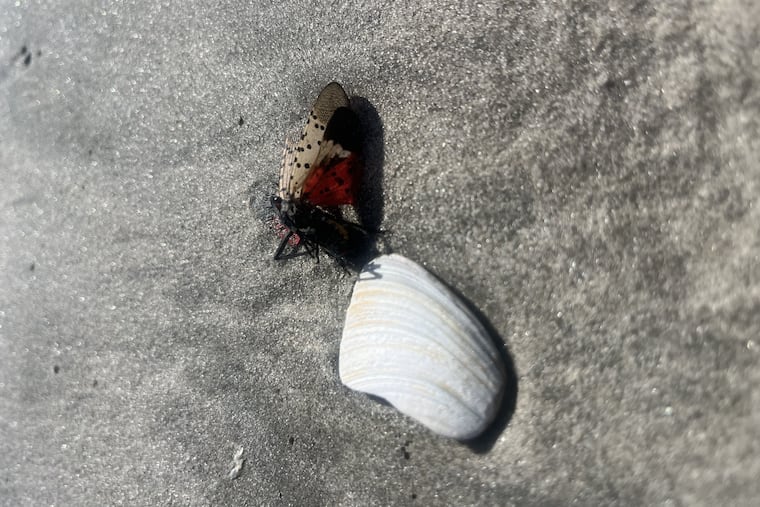Spotted lanternflies are showing up on Jersey Shore beaches
Lanternfly carcasses dot the Jersey beach, joining the local crowd of green heads and black flies. But what’s an invasive species that loves trees and vegetation doing in a sandy place like this?
